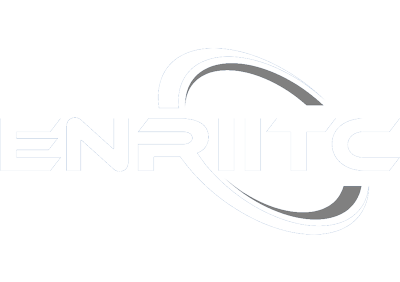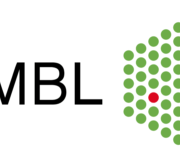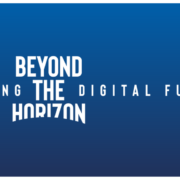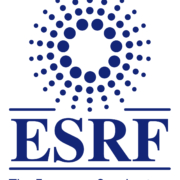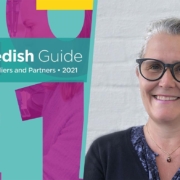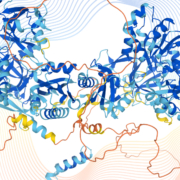This year has been anything but boring in European R&D policy.
Many people in the research and innovation bubble have left on an early summer holiday. This is perhaps because for the first time in a while, they can. In most of Europe, the vaccination campaign could have gone a lot better; but the available jabs have offered enough respite for many of us to take a break before we need to worry about the fourth wave of the pandemic.
We are just entering the second half of 2021, but a lot has happened over the past six months – and so here, we offer a quick look back at key developments.
Horizon Europe, the EU’s biggest R&D programme, was finally launched despite delays and conflicts along the way, and researchers now have (almost) all the information they need to submit pertinent funding applications.
The European Commission has launched its pact for research and innovation, the first policy action in its revamped European Research Area (ERA) – a decades-long effort to create a real single, EU-wide market for research, innovations and the people who do them. It has been joined by MEPs and research lobbies in asking member states to raise public and private R&D investments to 3% of GDP by 2030. The target is not new, but some politicians hope to be able to convince their counterparts in lagging countries to invest more.
The Commission is also rewriting the rules for international R&D cooperation. This roughly translates to: The EU wants to have its cake and eat it too. While the Commission acknowledges the merits of international R&D cooperation, it also wants limitations to be applied to countries that it thinks could use open access to EU programmes to spy on sensitive technologies for economic and military gains. This concern targets China and Russia, in particular. But relations with long-term allies, such as Israel, Switzerland and the UK, also got tangled temporarily in the EU’s worries about “technological sovereignty.”
Read more here
